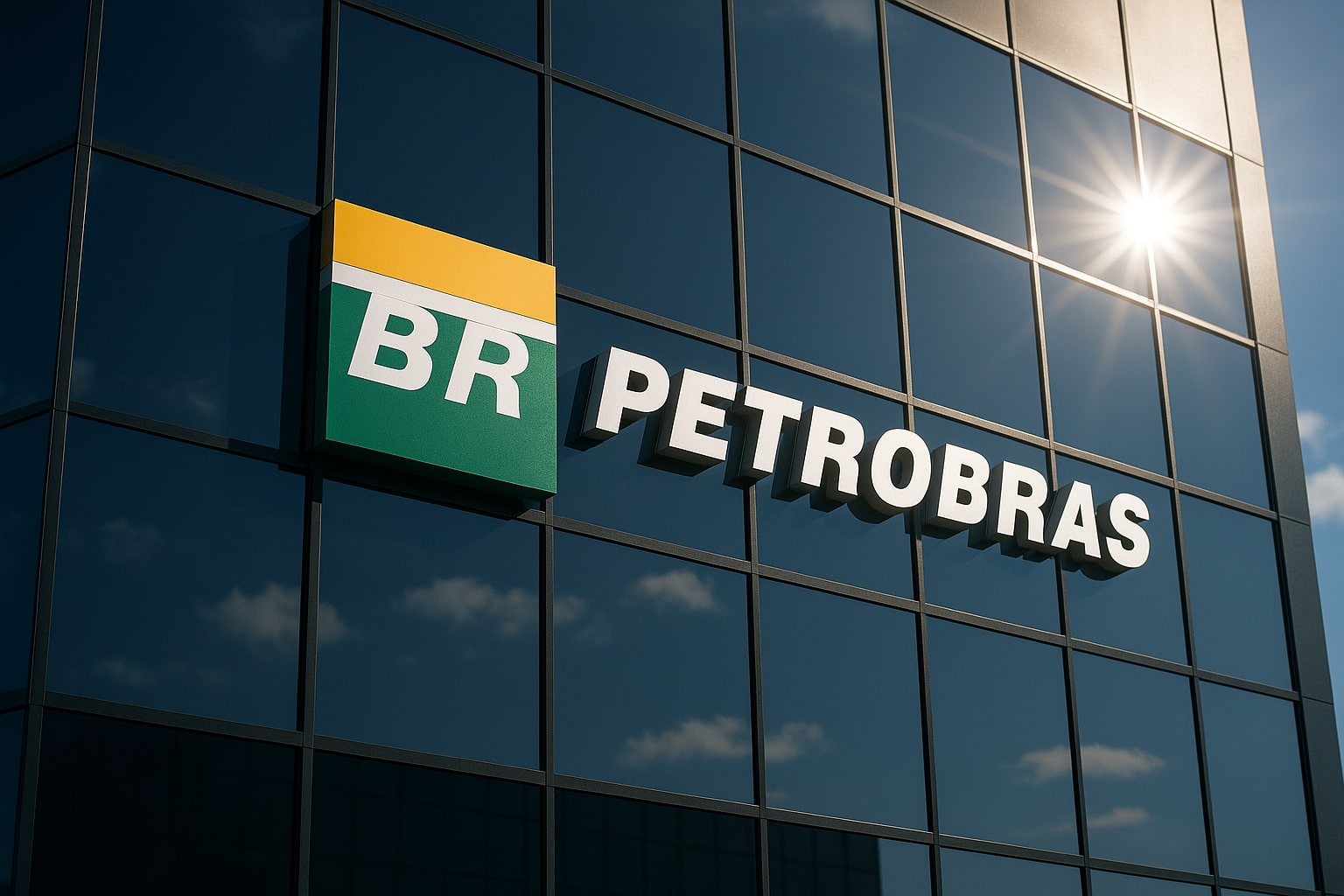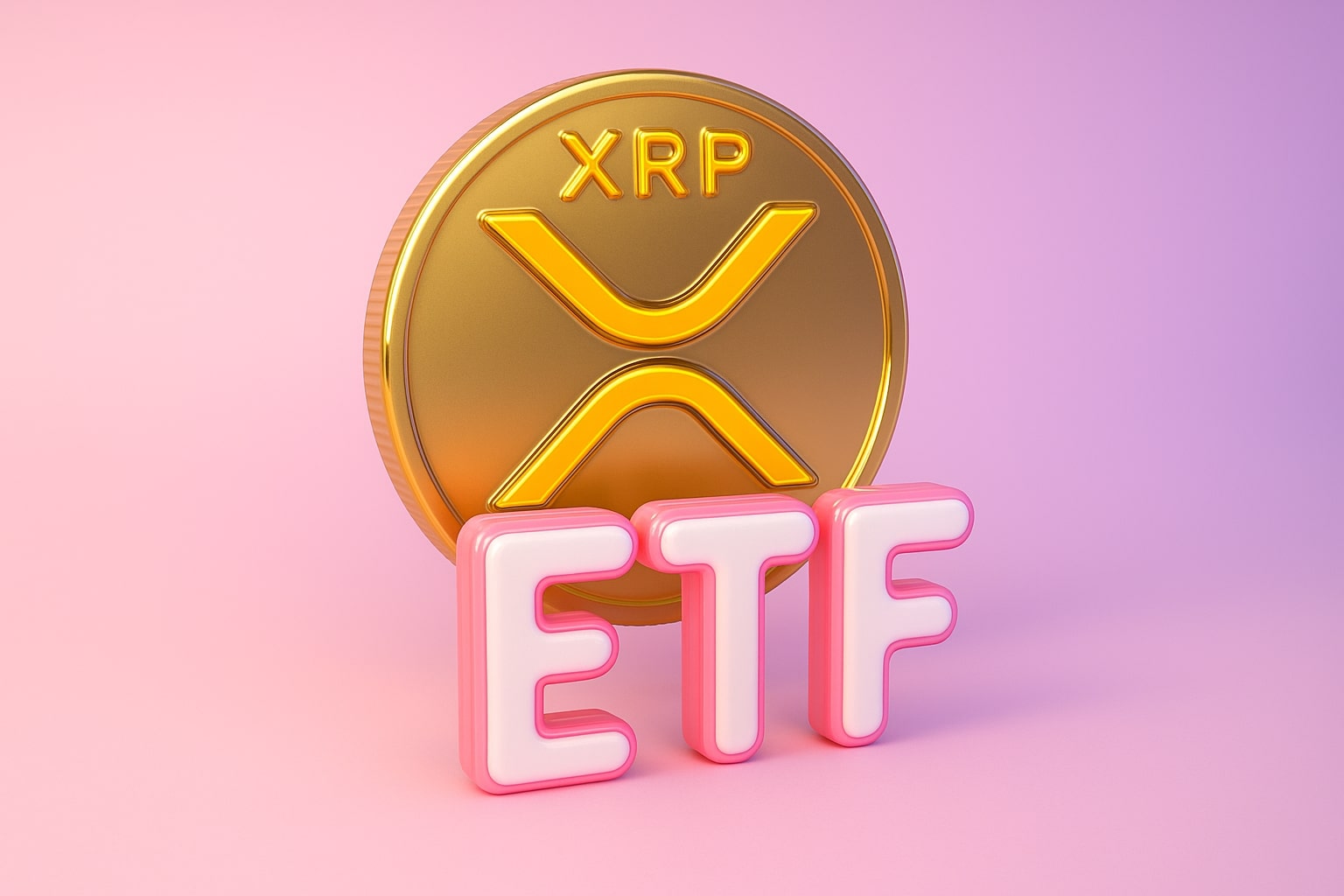
Petrobras Stock Price (PBR) Surges to $11.69 with 11.44% Yield as Amazon Basin Oil Vision Fuels Global Buzz
The Brazilian energy titan posts a 1,476% profit jump and eyes new production from the Foz do Amazonas basin by 2032, reinforcing Petrobras’ position as a high-yield global oil powerhouse | That's TradingNEWS
Petrobras (NYSE:PBR): Dividend Giant at $11.69 Faces Production Shift and Political Crosswinds
Petrobras (NYSE:PBR) continues to defy gravity in 2025, holding steady at $11.69 per share as investors brace for a pivotal transformation in Brazil’s state-backed energy behemoth. Despite operating under a cloud of political oversight and a volatile oil market, the company remains one of the most profitable and highest-yielding energy plays globally, boasting an 11.44% dividend yield and a price-to-earnings ratio of just 5.25. The stock’s valuation, compressed by persistent governance concerns, masks a remarkable turnaround in fundamentals — including a net income surge of 1,476% year over year to $4.73 billion in the second quarter of 2025.
Revenue, however, slipped 10.11% year over year to $18.48 billion, reflecting the drag from lower oil prices and a challenging export environment. Petrobras’ EBITDA fell 10.89% to $7.79 billion, while operating expenses declined 8.8%, underscoring management’s focus on cost containment. Profit margins tell the story of a company navigating cyclical headwinds with remarkable efficiency — net profit margin hit 25.6%, a staggering 1,633% increase year over year, signaling how strategic asset management and capital discipline are keeping returns robust even as global oil benchmarks fluctuate.
At the same time, Petrobras continues to demonstrate operational agility, expanding its production footprint offshore Brazil. The company recently received long-awaited approval from Brazil’s environmental agency, Ibama, to begin exploratory drilling at the Foz do Amazonas basin, a region long viewed as one of the most environmentally sensitive and geologically promising frontiers in Latin America. CEO Magda Chambriard confirmed that if large reserves are proven, production could begin within seven to eight years, aligning perfectly with the projected decline in output from Brazil’s aging pre-salt fields. Six additional wells are already planned for the region, potentially setting the stage for Petrobras to offset declines from the Santos and Campos basins and stabilize long-term output beyond 2030.
The timing of these developments is critical. Global oil prices have retreated to the low $60s per barrel, and the International Energy Agency forecasts a supply glut of over 2 million barrels per day in 2025, driven by OPEC+ capacity growth and slower global demand. For Petrobras, that oversupply is less of a direct threat than for its Western peers. The company’s ultra-deepwater projects remain among the lowest-cost barrels in the world, ensuring continued profitability even in a sub-$60 oil environment. Its return on assets (7.02%) and return on capital (10.59%) confirm that capital efficiency remains strong, even as cash reserves slipped 22% year over year to $9.5 billion.
Still, investors are watching closely how Petrobras manages the tension between shareholder rewards and government priorities. The Brazilian state retains majority voting control, meaning political influence continues to shape the company’s dividend policy and investment strategy. Despite this, Petrobras has maintained its commitment to returning cash to shareholders, distributing billions annually in dividends that make it one of the world’s most lucrative income plays. At an annualized yield above 11%, the stock offers investors exposure to an emerging-market energy powerhouse with the cash flow profile of a Western major.
The company’s balance sheet has strengthened, with total assets climbing 12.9% to $215.3 billion and equity reaching $73.6 billion, despite liabilities increasing 15.2% to $141.7 billion. Petrobras’ price-to-book ratio of 2.04 highlights how investors continue to discount Brazil’s political risk rather than the company’s underlying performance. In effect, Petrobras trades at roughly half the valuation of European energy giants such as BP and Eni, and at a fraction of U.S. majors like Exxon Mobil or Chevron, which command forward earnings multiples between 10x and 16x.
Operationally, Petrobras remains in expansion mode. Output in Q2 rose nearly 5% quarter over quarter, supported by the ramp-up of the FPSO Alexandre de Gusmão in the Mero field — one of the flagship assets in Brazil’s pre-salt region. That output boost comes as Petrobras resumes production at the massive Tupi offshore field, Brazil’s second-largest oil-producing project. Together, these developments reinforce Petrobras’ role as a cornerstone of Latin America’s energy infrastructure. Analysts expect these expansions to drive production toward record levels, offsetting price headwinds through higher volume efficiency.
Yet the company’s success brings familiar risks. Currency volatility remains a constant challenge — the Brazilian real’s fluctuations can amplify earnings swings when converted to dollars. More importantly, government intervention, particularly under administrations that favor state control of energy pricing, could restrict Petrobras’ ability to align dividends and capital allocation with market realities. Still, the company’s record profitability and low leverage give it considerable cushion against external shocks.
Read More
-
VIG ETF Hits $220.60 as Dividend Growth and $116.6B AUM Signal Renewed Upside
09.12.2025 · TradingNEWS ArchiveStocks
-
XRP ETFs Cross $1.2B AUM as XRPI at $12.34 and XRPR $17.31 Signal Accelerating Institutional Demand
09.12.2025 · TradingNEWS ArchiveCrypto
-
Natural Gas Prices Slide to $4.60 (NG=F) After Two-Day 13% Drop — EIA Still Sees $5 Average
09.12.2025 · TradingNEWS ArchiveCommodities
-
USD/JPY Price Forecast - Pairs Steadies Near 156.90 as Fed Cut and Yield Gap Shape Path Toward 157.80
09.12.2025 · TradingNEWS ArchiveForex
Investor sentiment toward Petrobras has started to improve as fears of political overreach fade in light of robust fundamentals. Wall Street’s consensus currently tilts bullish, with an average rating of “Buy” and a composite score above 4.0 across analyst surveys. The stock’s 12-month range of $11.03 to $15.10 leaves ample room for upside re-rating, particularly if oil prices rebound or Petrobras confirms significant reserves in Foz do Amazonas. With the company trading at just over five times earnings, even modest multiple expansion could push the stock above $14 without stretching valuation metrics.
In the broader context, Petrobras’ strategy appears well-calibrated for the next decade. The firm’s focus on capital discipline, dividend reliability, and long-term exploration in underdeveloped basins provides investors with both stability and growth optionality. The combination of strong free cash flow, lean operations, and emerging exploration catalysts positions Petrobras as one of the most undervalued global energy majors relative to its fundamentals.
At $11.69, Petrobras represents a high-yield, low-multiple opportunity with an asymmetric risk-reward profile. The path forward hinges on management’s ability to balance government expectations with shareholder priorities while continuing to expand production efficiently. Given its profitability, capital discipline, and strategic new projects, the stock appears attractively priced for investors seeking both yield and value in the global energy space. For now, Petrobras looks like a Buy — but one that demands patience and a strong stomach for volatility.


















